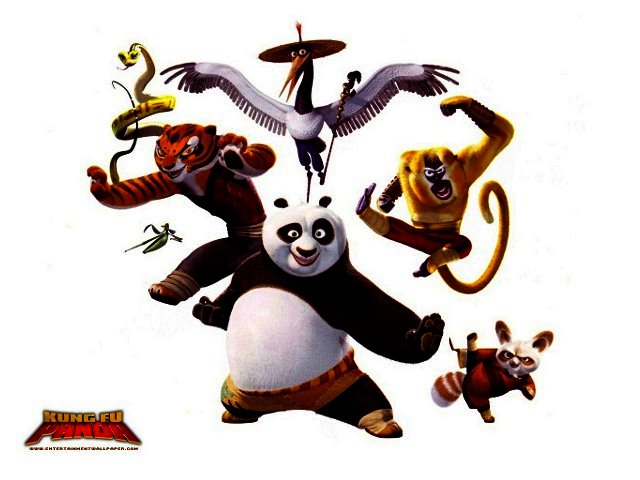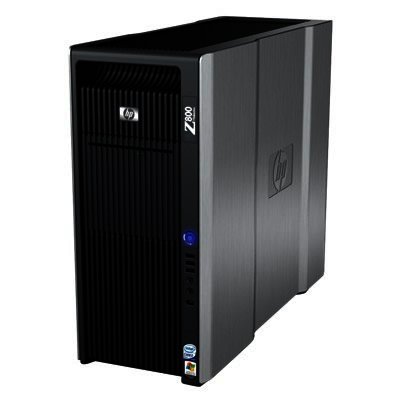PREVIOUS ARTICLENEXT ARTICLE
NEWS

HP tech brings Kung Fu Panda 2 to life
By Staff Writer 1 June 2011 | Categories: news
HP and DreamWorks Animation SKG, Inc. have united once again to create the studio’s action-packed 3D film Kung Fu Panda 2, which premieres this Sunday 5 June 2011 in South Africa.
For ultimate performance, production artists at DreamWorks Animation relied on HP Z800 Workstations to achieve industry firsts while designing everything from whirling water and lush green lands to battle scenes filled with thousands of kung fu characters.
For more than a decade, HP and DreamWorks Animation have worked side by side to create revolutionary technology that has helped craft eye-popping, heart-racing and awe-inspiring animation features like the Shrek series, How to Train Your Dragon, Megamind, Kung Fu Panda and now Kung Fu Panda 2.

HP's Z800 Workstation
HP’s high-performance workstations have been fine-tuned to meet the detailed and demanding creative needs of DreamWorks Animation. The HP Z800 Workstations are radically faster – as much as 50% for some applications – than their predecessors and are the workstation of choice for several studios around the world. The additional high-speed Intel processing cores, memory and option drives enabled artists to effectively work on multiple shots concurrently and far more interactively than before.
“The creative ambition for Kung Fu Panda 2 again pushed DreamWorks Animation to the cutting edge of technology. The film’s lead characters are some of the most intricate ever created and the environments are among the richest and most vibrant in CG filmmaking,” said Ed Leonard, chief technology officer, DreamWorks Animation. “HP technology continues to help us cross these new boundaries, develop new standards for the filmmaking industry and ultimately create enjoyable films for audiences around the world.”
The original Kung Fu Panda film, released in 2008, used more than 50 terabytes of data and required nearly 25 million render hours. With the switch to stereoscopic 3D and the ever-escalating creative aspirations of the filmmakers, Kung Fu Panda 2 used 100 terabytes of data and required more than 55 million render hours.
Kung Fu Panda 2 fun facts
- Creative and technical advancements were required to produce the state-of-the-art character effects, like fur, feathers, cloth and armour, that fill the entire world of Kung Fu Panda 2, not just limiting visual richness to the main characters.
- When a cannonball hits water in a key battle scene, a big splash is generated to emphasise the power of the impact. For the close-up shot, an FX artist used specialised, proprietary software to render the 10 million particles.
- In the film, one of the wolves gets hit with 1,220 peaches, weighing a total of 457 pounds and travelling at 105 miles per hour. This is about the same energy force as getting hit by an automobile travelling at 45 miles per hour.
- During the scene when the tower is destroyed, there are more than 50,000 splinters and small pieces of debris produced.
- Kung Fu Panda 2 is the first DreamWorks Animation film to use dynamic, physics-based crowd characters, such as the wolves. The wolves engage in a kung fu battle with Po and The Furious Five, and are able to dynamically react using a proprietary DreamWorks Animation kung fu physics simulation tool.
- The final battle sequence of the film, which takes place in the harbour and canals of Gongmen City, is calculated to contain more than 60 million gallons of water. The scene required the most intensive computational graphics work of the film and more than 7 million render hours were consumed to produce 14,000 frames.
USER COMMENTS
Most Read Articles
Read

Magazine Online
TechSmart.co.za is South Africa's leading magazine for tech product reviews, tech news, videos, tech specs and gadgets.
Start reading now >
Download latest issue
Have Your Say
What new tech or developments are you most anticipating this year?
New smartphone announcements (45 votes)
Technological breakthroughs (29 votes)
Launch of new consoles, or notebooks (14 votes)
Innovative Artificial Intelligence solutions (29 votes)
Biotechnology or medical advancements (24 votes)
Better business applications (160 votes)



